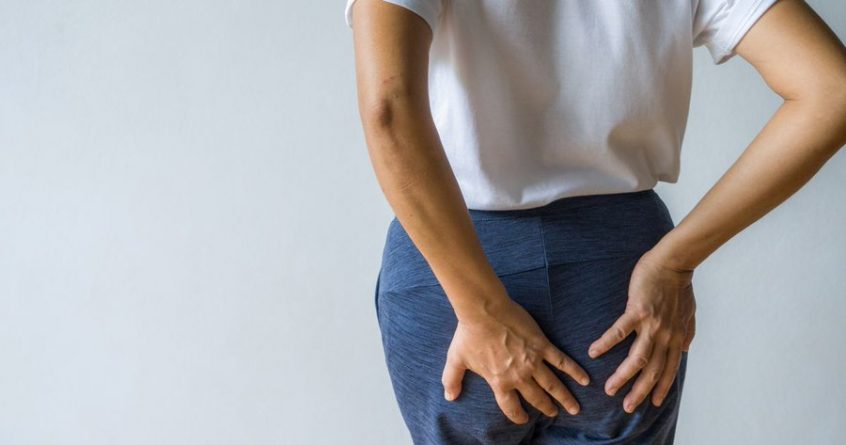One of my friends, who’s also in her eighties, has an embarrassing problem that is causing her real distress.
She suffers from excruciating rectal pain after going to the toilet properly – so severe she fears she’s got cancer.
I have tried to reassure her that cancer isn’t often that painful, nor is the pain characteristically linked to a single event, such as going to the loo.
What I think is far more likely is an anal fissure.
These are tears in the skin of the anal canal and they’re common, particularly in middle-aged adults, children and infants.
An acute anal fissure becomes chronic after 12 weeks.
Quite often people are reluctant to speak to a doctor about a complaint in an embarrassing part of the body, so diagnosis is delayed.
The cause of a fissure is rarely clear, but could be due to constipation or diarrhoea.
And as Artaza Gilani of University College London and Gillian Tierney of Nottingham University say, the pain can become part of a vicious circle – pain…muscle spasm… worsening of the fissure… more pain.
So treatment is aimed at relieving muscle spasm and improving blood supply to the tear, thus alleviating pain, breaking the cycle, and healing.
Diet and lifestyle both contribute to fixing fissures and long-term comfort. It’s essential that stools are kept soft, with plenty of roughage, so can be passed easily and without straining.
You also need to re-educate the bowel to respond to the urge to go promptly.
Regular exercise – 150 minutes of moderate-intensity activity per week – keeping your weight steady, drinking plenty of fluids and a balanced diet will all help.
Soluble and insoluble fibre is good for constipation, and we know it also lowers the risk of illnesses, including heart disease, type 2 diabetes, plus colorectal and breast cancer.
When you’re increasing fibre intake, do it gradually so you don’t end up feeling windy and bloated.
An anaesthetic ointment will relieve pain after going to the toilet but can take 30minutes to work.
If you are in pain, take paracetamol and NSAIDs but try to avoid codeine as it causes constipation.
Two other treatments promote healing – topical glyceryl trinitrate (GTN) and diltiazem.
They’re analgesic, so will ease the pain. GTN commonly causes headaches, so it’s recommended you take paracetamol before applying it.
Wrap cling film around your finger and put the ointment on that to prevent systemic absorption to cut your headache risk.
Diltiazem can cause headaches too, but not as severe. It’s wise to complete the six-to-eight-week course, even if symptoms get better before then.
And never be afraid to share your worries. We all have tales to tell.

